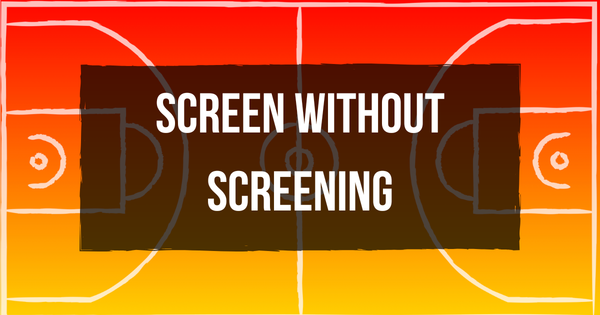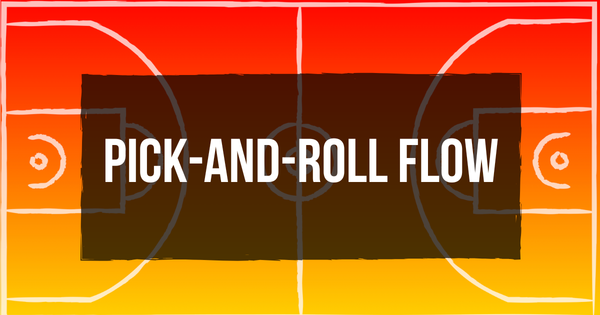"Dallas" Action
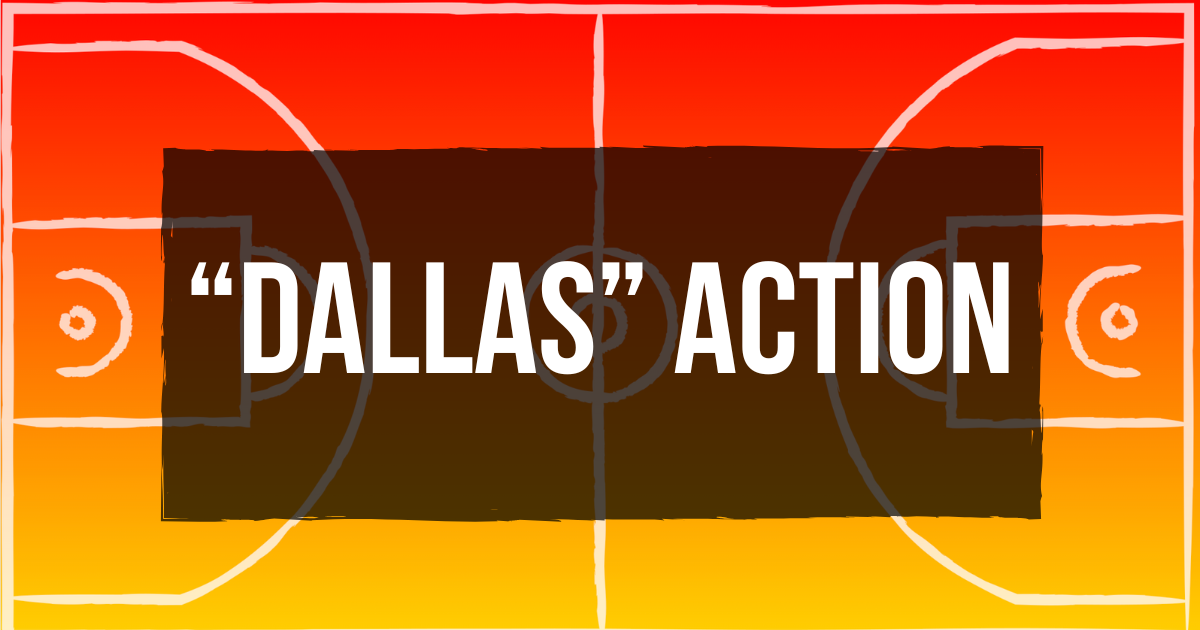
It's easy to see why the set we are going to breakdown in this article is popular in Spanish basketball. It features several qualities found in our Coach's Guide.
- Off-Ball Movement
- Offensive Flow & Continuity
- Pick-and-Roll Sophistication
In the NBA, many call this "Dallas" action as the Dallas Mavericks ran it often during the Dirk Nowitzki years. In recent preseason competitions, I have spotted a few Spanish professional teams running it and here we're going to break it all down.
Over-Under Movement
"Dallas" begins with some player movement as the wings run "over and under" to begin the set.
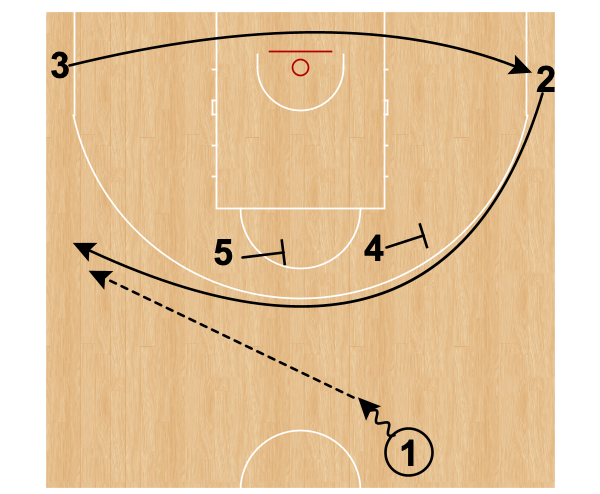
Player 2 runs over the double screen from Players 4 & 5. Meanwhile, Player 3 is running under the action along the baseline. Player 1 passes to Player 2 who is on the run. Player 2 may rip through and attack baseline on the catch.
Side Ball Screen - Ram Action
Next, the offense flows into a side ball screen – but not just a basic side ball screen. They use "Ram" action where one player screens for the ball screener. This bit of sophistication is an attempt to help the screener arrive alone at the side ball screen.
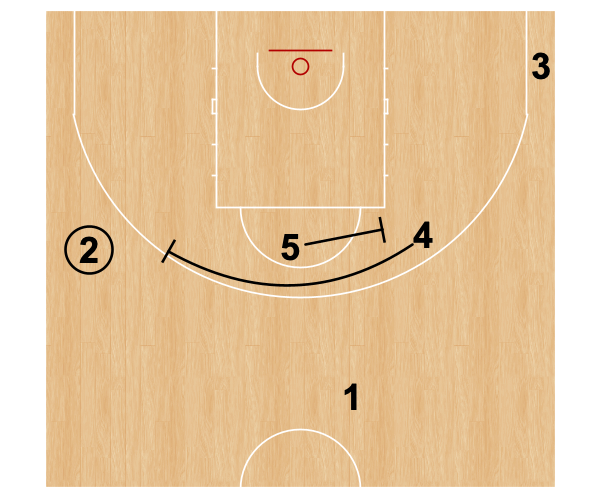
Tip: Put your best shooting big in Player 4's spot. You have a pick-and-pop threat in the empty corner side ball screen. This is often where Dallas positioned Nowitzki.
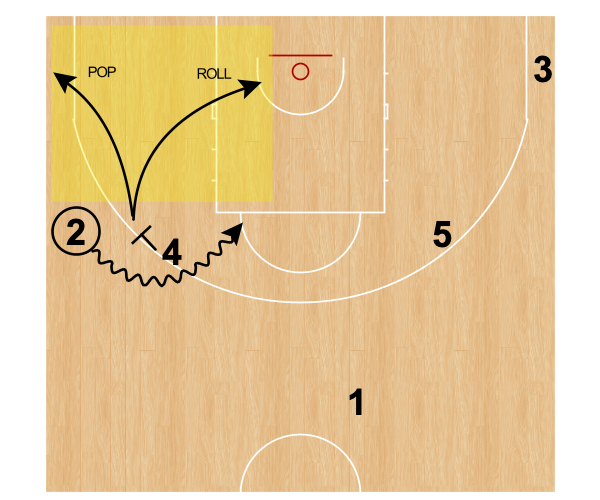
We've now arrived at the side ball screen. Player 2 may reject the screen and attack baseline. Encourage this!
Player 2 plays pick-and-roll (or pop) with Player 4. Player 2 attacks for a score or collapses the defense for a drive-and-kick. Player 4 may roll or pop depending on coverage and skill set.
Note the positioning of The Three Amigos in the diagram above. Player 1 high in the court. Player 5 a bit lower, near the elbow and Player 3 in the deep corner. This positioning matters for the flow and continuity of the set.
Dallas Action ft. Valencia and Joventut (Preseason 2025)
What's Next?
The offense cannot die after one ball screen. If it does not create an advantage, we must make another attempt at creating one.
What comes next depends on where the ball goes. Most likely, if 2 does not drive or pass to the roll/pop man, they'll pass to either 1 or 5.
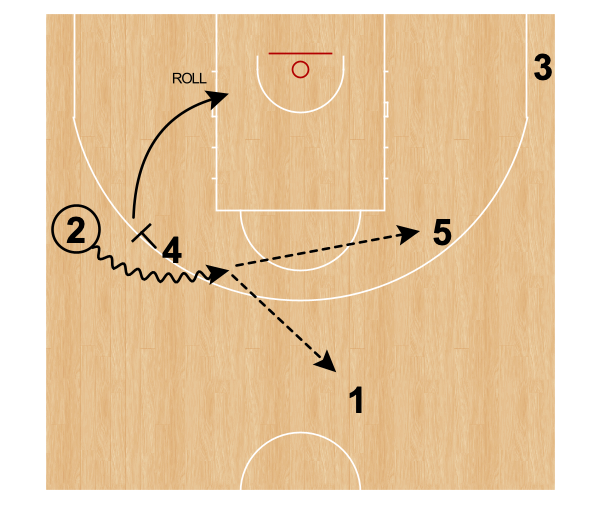
If Player 2 passes to Player 1, an Alley ball screen is a natural fit (Frame 1 below). Player 5 is outside and below Player 1. On the flight of the pass to Player 1, Player 5 steps up into the Alley ball screen. This is a great screening angle to induce the on-ball defender over the screen.
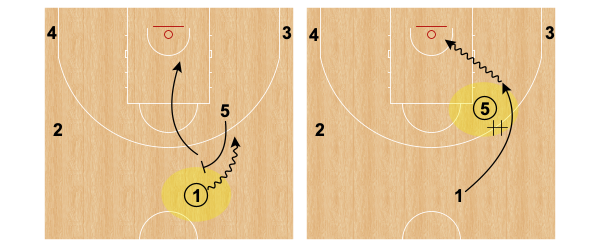
If Player 2 cannot pass to Player 1 due to some defensive denial they may pass directly to Player 5. Then 1 sprints downhill into a blind handoff from 5 (Frame 2 above).
This is the kind of offensive flow and connectivity we want. One action flows to the next without pause.
It fits with the tenets of Spanish basketball displaying off-ball player movement to begin the set, a dash of pick-and-roll sophistication with the Ram screen and the flow and continuity we look for with the natural linkage of ball screens.

